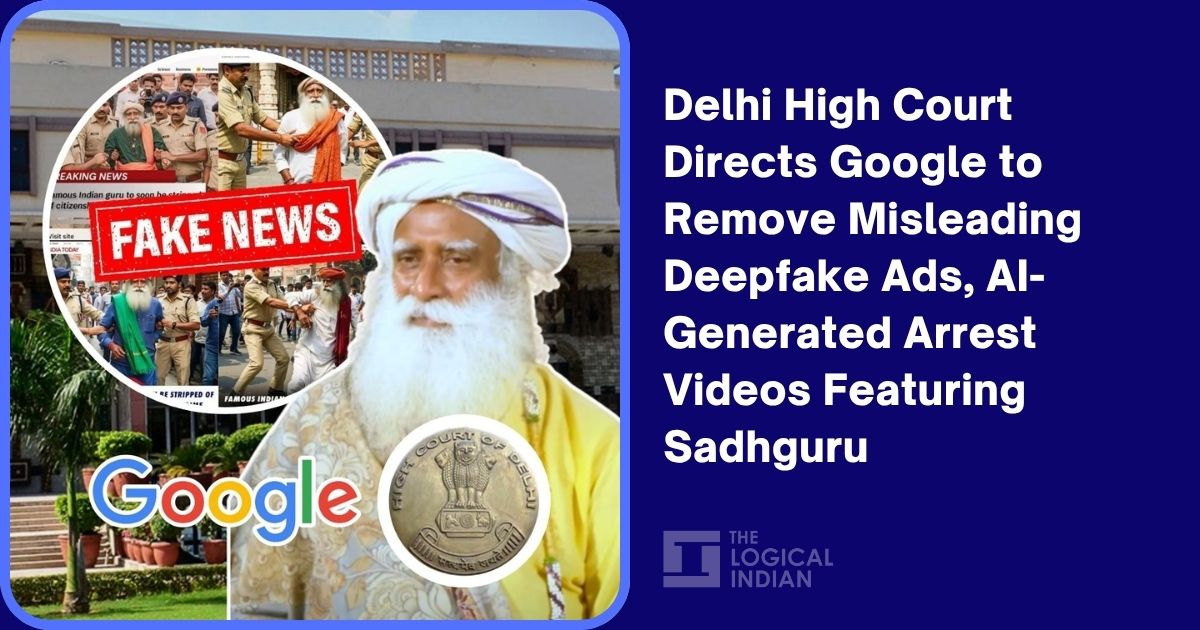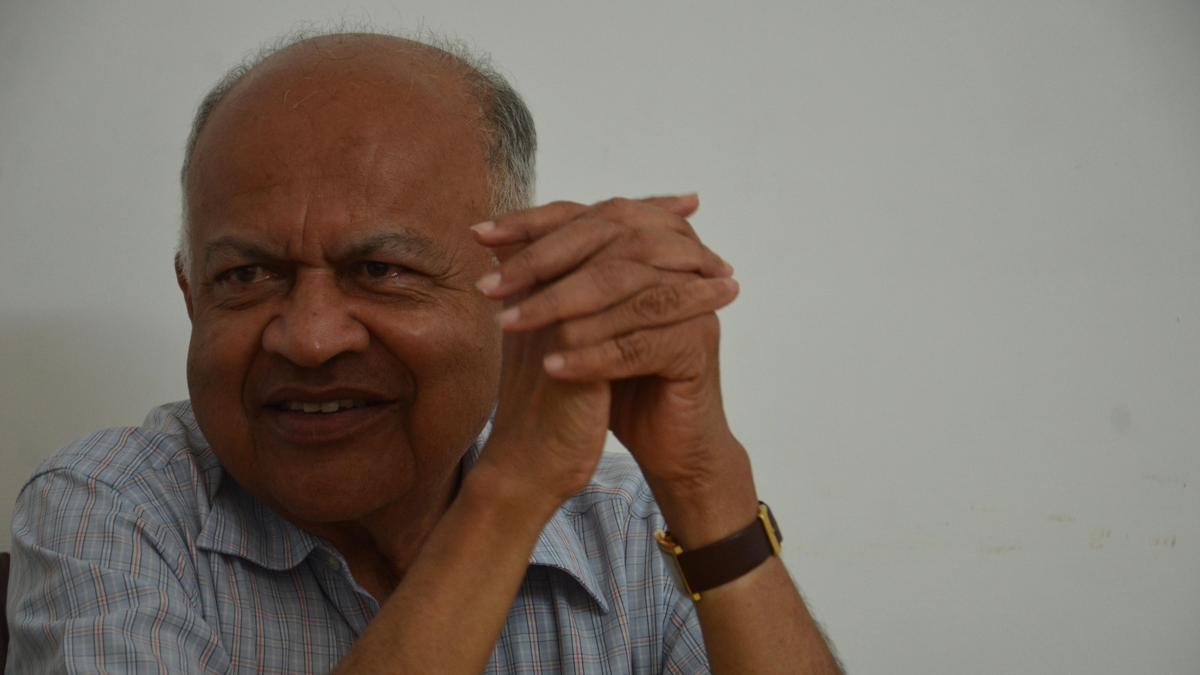Copyright thelogicalindian

The Delhi High Court has directed Google to use its technological resources to eliminate fraudulent advertisements on YouTube that feature AI-generated images and deepfake videos of spiritual leader Sadhguru Jaggi Vasudev, including fake claims of his arrest. Justice Manmeet Pritam Singh Arora, during a hearing on 14th October, ordered Google to immediately stop publishing such misleading content and mandated a collaborative meeting between Google and Isha Foundation to develop a permanent technological solution. The case has garnered significant attention not merely for its technological implications but also because it highlights a disturbing pattern: the weaponisation of deepfake technology to spread misinformation and facilitate financial fraud. Isha Foundation reported that thousands of concerned individuals contacted them to verify the false arrest claims, whilst the continued circulation of such content enabled scammers to exploit public trust. Most alarmingly, a 57-year-old Bengaluru woman lost Rs 3.75 crore between February and April 2025 after encountering a deepfake video of Sadhguru purportedly endorsing a trading platform. Sadguru’s Fake Arrest Ads: Legal Battle Justice Arora’s order specifically noted that Google’s own advertising policies explicitly prohibit clickbait advertisements based on negative life events such as arrests, yet the platform had failed to enforce these internal guidelines. Google’s counsel acknowledged that reported infringing URLs were being removed and expressed willingness to work collaboratively with Isha Foundation going forward. The court emphasised that Google “must make an endeavour to ensure that the identical or similar content is removed through its technology so as to obviate the plaintiff’s onus of looking out for such URLs”. This directive builds upon an earlier May 2025 interim order by Justice Saurabh Banerjee, which granted a “dynamic+” injunction protecting Sadhguru’s personality rights, encompassing his voice, name, signature, image, likeness, vocal articulation style, and distinctive appearance, from unauthorised exploitation through artificial intelligence. Isha Foundation’s Track Record: Judicial Vindications Whilst the current deepfake case dominates headlines, it is worth examining Isha Foundation’s broader legal history, which reveals a consistent pattern of judicial vindication following serious allegations. Understanding this context provides important perspective on the organisation’s institutional resilience and the credibility of claims made against it. 1. The Habeas Corpus Case (2024): In October 2024, the Supreme Court dismissed a habeas corpus petition filed by a retired professor alleging that his two adult daughters, aged 42 and 39, were being held captive and “brainwashed” at Isha Foundation’s Coimbatore ashram. Tamil Nadu Police submitted a report confirming no evidence of illegal confinement, though it noted some internal grievance mechanisms required improvement. 2. Sexual Abuse Allegations (2025): In June 2025, Perur Police Station filed a closure report dismissing allegations of sexual abuse of minor girls at Isha Foundation’s school. The complaint was based on a YouTube video by Shyam Meera Singh, which the Delhi High Court subsequently found to be “clickbait” based on “entirely unverified material”. Police investigators questioned 61 students, 13 staff members working since 2017, plus volunteers and visitors, none corroborated the allegations. 3. Environmental Compliance Dispute (2025): In February 2025, the Supreme Court upheld the Madras High Court’s decision quashing notices from the Tamil Nadu Pollution Control Board against Isha Foundation for alleged unauthorised construction without environmental clearance. Justices Surya Kant and N Kotiswar Singh ruled that the Foundation, classified as an educational institution, was exempt from certain environmental clearance requirements under 2014 rules. The Broader Context: Technology, Rights, and Regulation The Delhi High Court’s intervention in the deepfake case reflects growing judicial recognition that existing legal frameworks, whilst providing some remedies, remain inadequate for addressing the sophistication and scale of AI-driven content manipulation. India currently lacks specific legislation targeting deepfakes, relying instead on patchwork provisions across multiple statutes. As courts grapple with emerging challenges at the intersection of artificial intelligence, personality rights, and platform accountability, the Sadhguru deepfake case provides a test case for technology companies’ obligations to proactively prevent harmful content rather than merely responding reactively to complaints. The Logical Indian’s Perspective In an era of rapid AI tools enabling misinformation and identity misuse, this ruling spotlights the urgent need for stronger technological accountability by powerful digital platforms. Protecting individuals from harmful fabricated content, especially spiritual and public figures, is critical to preserving truth and trust online. Collaboration between judiciary, platforms, and rights holders can set global benchmarks for ethical AI usage.



